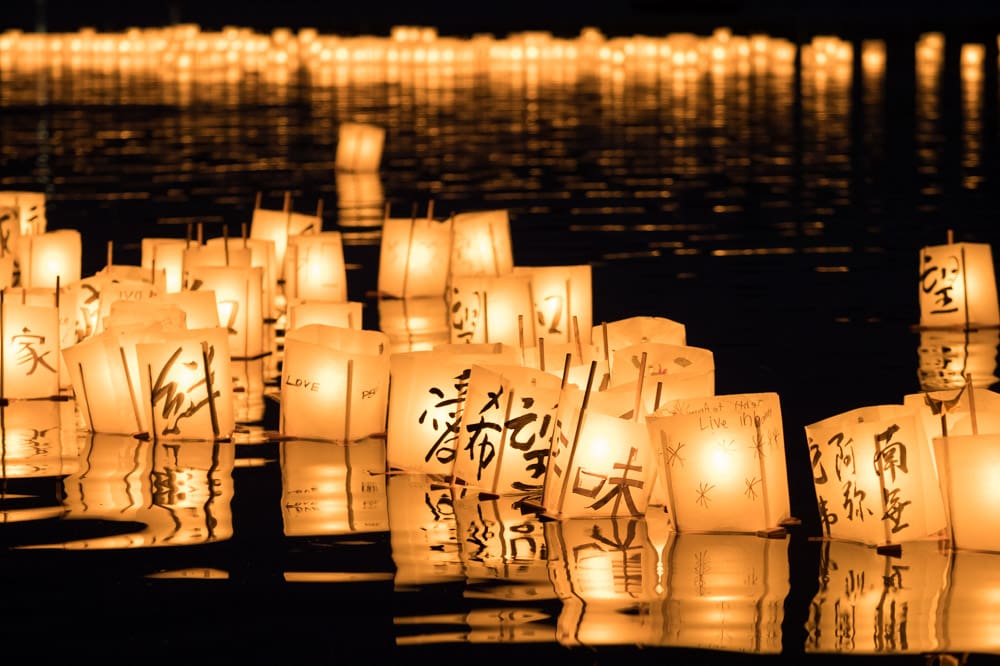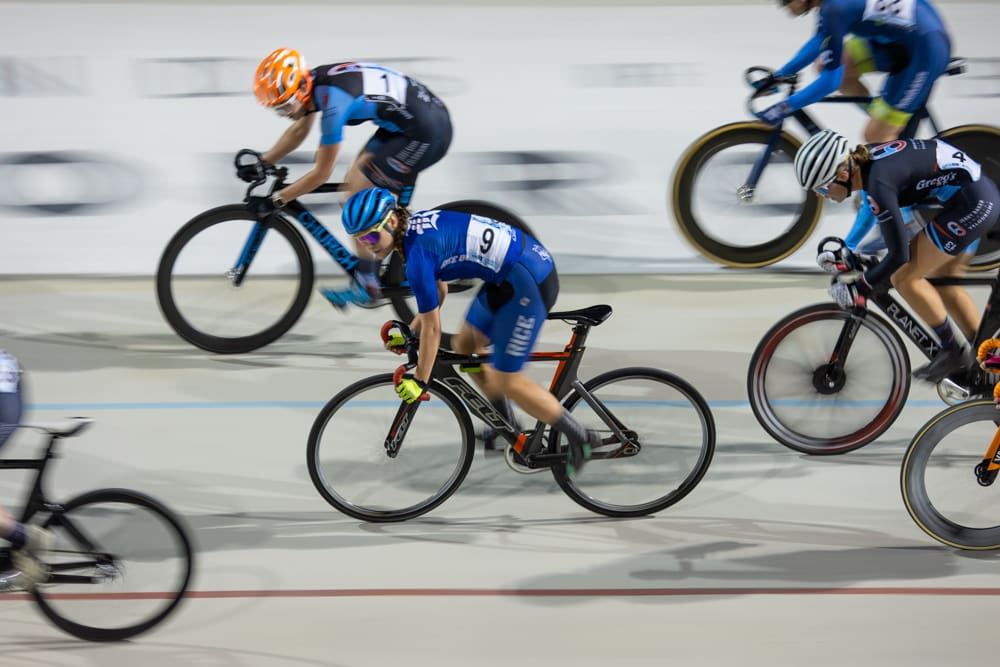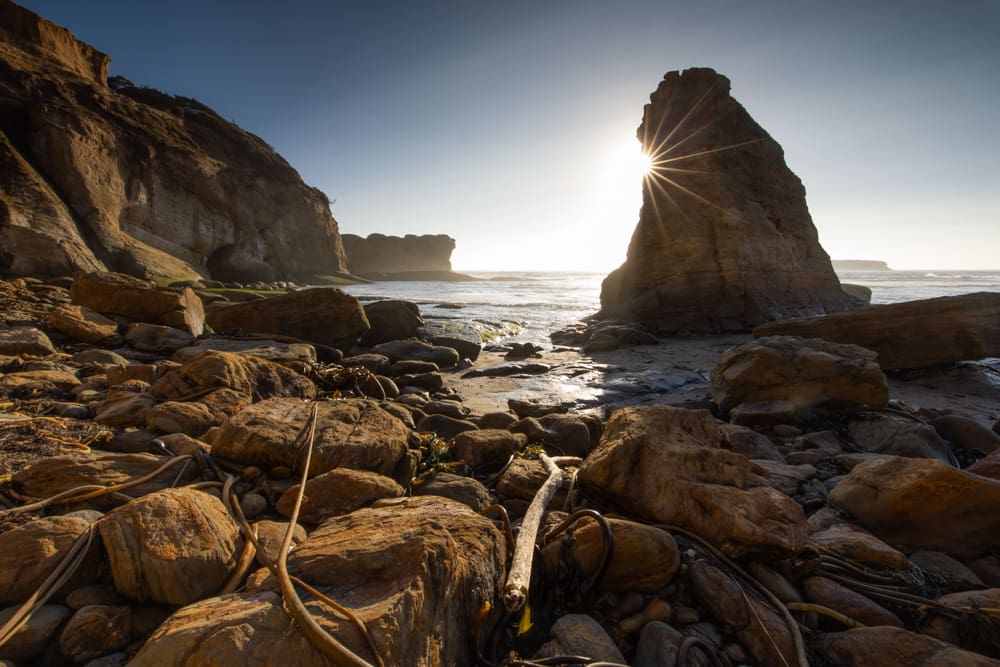What is the greatest lens in all of photography? I’m not looking for a particular brand, but rather a focal length and aperture model, e.g. 85mm f/1.4. If I was picking the most practical it might be the 35mm f/2. The most popular professional lens might be the 24-70mm f/2.8 or the 70-200mm f/2.8. If I was handing out awards, I’d give the 50mm f/1.4 the title of the most classic lens.
For pure greatness, and all that comes with it, I’m picking the 300mm f/2.8 as the greatest lens of all-time. And Sony’s most recent 300mm f/2.8 is likely the greatest of them all; but it might be the last of its kind.
As to what makes a great lens, it’s simple — the ability to create great images. I’ve owned a lot of lenses over the years; when I say a lot, I’m talking triple digits. And with all those lenses I’ve owned, none have resulted in a higher percentage of great shots than the 300mm f/2.8. The images have a “pop” to them that is hard to describe in words.

Canon 5D III, EF 300MM F/2.8 L IS II @ 300MM | F/2.8 | 1/1600 SEC | ISO 100
The long focal length and fast aperture result in a shallow depth-of-field where a tack sharp subject is separated from a dreamy smooth background; the subject jumps off the page. I’ve used the lens for sports, wildlife, portraits, landscapes, and travel photography.
This lens is not small, lightweight, or cheap. I never said that it was practical, efficient, or a good value, only that it was great.
The special niche that this lens fills is that it’s the fastest (wide aperture opening of f/2.8) long lens that most people can handhold, for a prolonged period of time. There are lenses that are longer, or faster, or lighter; just not all at the same time. That makes this lens adaptable to all sorts of photography.

Canon 7D II, EF 300MM F/2.8 L IS II @ 300MM | F/2.8 | 1/1600 SEC | ISO 400
In the field with the 300mm f/2.8
I’ve owned, used, and traveled with a 300mm f/2.8 for many years. I first used it when I was doing my photojournalism internship with the Everett Herald and I would photograph the minor league Everett Giant’s baseball team or the Seattle Super Sonics basketball team. I, being a lowly college student at the time, couldn’t afford such a beast but I could borrow it from the pool equipment. I was able to afford a 300mm f/4, which was good, but nowhere in the same league at the f/2.8 version.
When I could afford to purchase a large, fast telephoto, the 300mm f/2.8 was attractive to me, partly because I was planning to sometimes use it with a crop-frame camera. Mounted on a 1.6x crop-frame Canon, the 300mm transforms into a 480mm f/2.8; a highly attractive option not available to full-frame systems. The image quality and depth-of-field all easily met my needs for both full-frame and crop-frame.
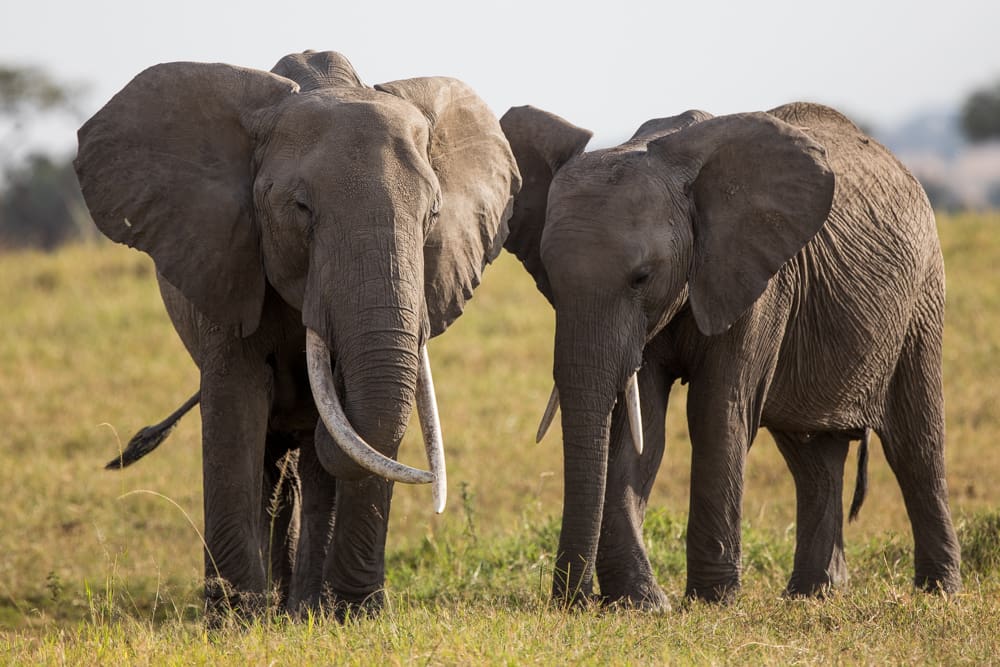
Canon 5D IV, EF 300MM F/2.8 L IS II + 1.4x III @ 420MM | F/4 | 1/800 SEC | ISO 200
It proved to be an ideal long-lens option as I could comfortably fit it into a medium sized backpack along with everything else I might have needed. If I was shooting in one location for a long period of time I’d opt to use it with a monopod. If I needed to be more portable, I’d just use a neck strap and carry it over my shoulder. I’ve shot a large number of running races where I would run (slowly) from one shooting position to the next with the 300mm hanging over my shoulder and one hand minimizing the bouncing of the lens. Occasionally I’d want to get a ground level point of view so I’d mount it on a table-top tripod in order to maintain better control over it’s movements.
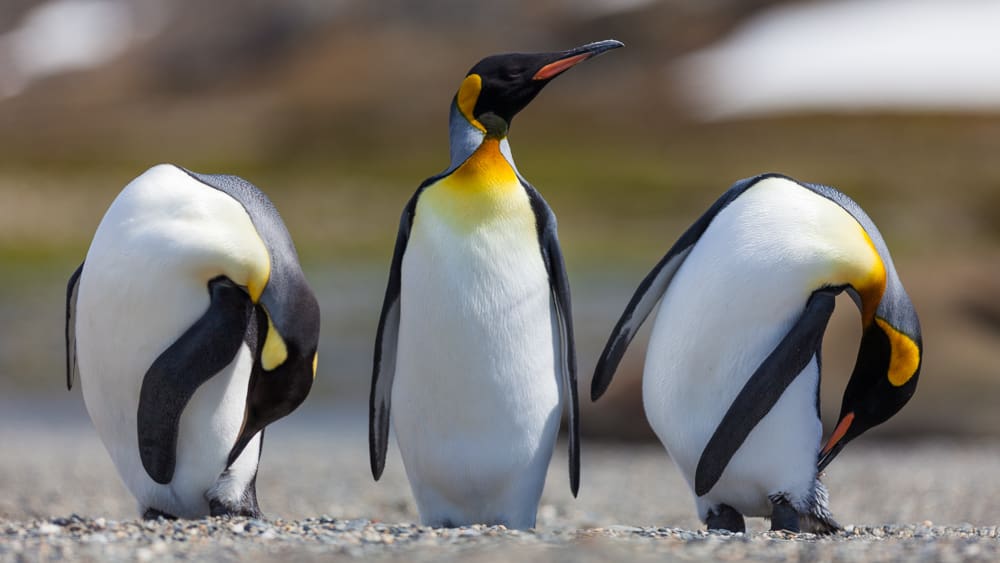
Canon 5D II, EF 300MM F/2.8 L IS @ 300MM | F/2.8 | 1/2500 SEC | ISO 100
The f/2.8 lens works well with teleconverters; very important with DSLR systems, but less vital to mirrorless systems. I can reach out 420mm f/4 or 600mm f/5.6 with full frame, or the equivalent of 672mm f/4 and 960mm f/5.6 with a crop-frame Canon. For the general journeyman of a photographer that I am, I don’t need lenses over 960mm very often. If I was a dedicated wildlife or bird photographer I’d likely have a 600mm or 800mm lens for that specific usage.
What about the 400mm f/2.8?
Extending the focal length out another 100mm should enhance all the best attributes of the 300mm f/2.8. So why is the 400mm not better? Answer: weight and size. Once the weight heads north of 5 to 6 pounds (2.3 to 2.7kg), handholding a camera and lens becomes a short term event. Don’t believe me? Take a two-liter bottle of soda (5lb/2.3kg) and hold it in front of your face with one hand for 3 minutes. Come back and let me know how that went.
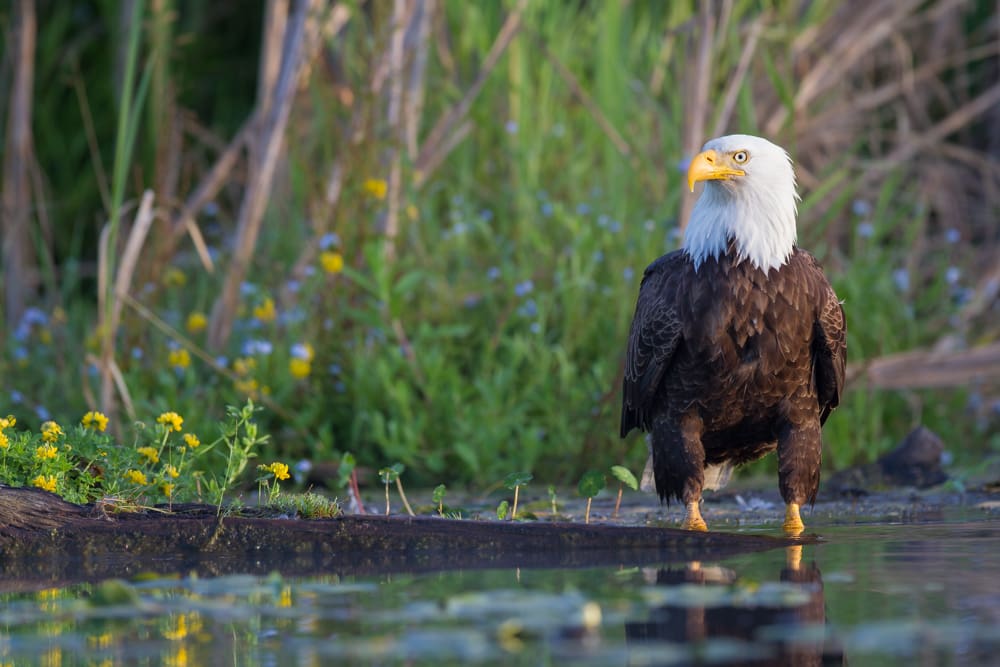
Canon 7D, EF 300MM F/2.8 L IS II @ 300MM | F/2.8 | 1/500 SEC | ISO 250
If I was hired to photograph professional football, soccer, baseball, or any other outdoor large-field sport, I’d take the 400mm f/2.8 and use it with a monopod. I’d use a 1.4x to reach out to 560mm and a 2x teleconverter to reach out to 800mm if needed. I’d take it on safari or on most wildlife outings, but I wouldn’t just carry it around just in case I might need it. It’s a lens that has a very targeted purpose.
The 300mm focal length fits into the medium telephoto range while the 400mm takes you into the world of super-telephoto. As the lenses get longer, they get more specialized, and the more impractical they become for other tasks. The 300mm is long, but not so long that it can’t be used for a wide variety of subjects.
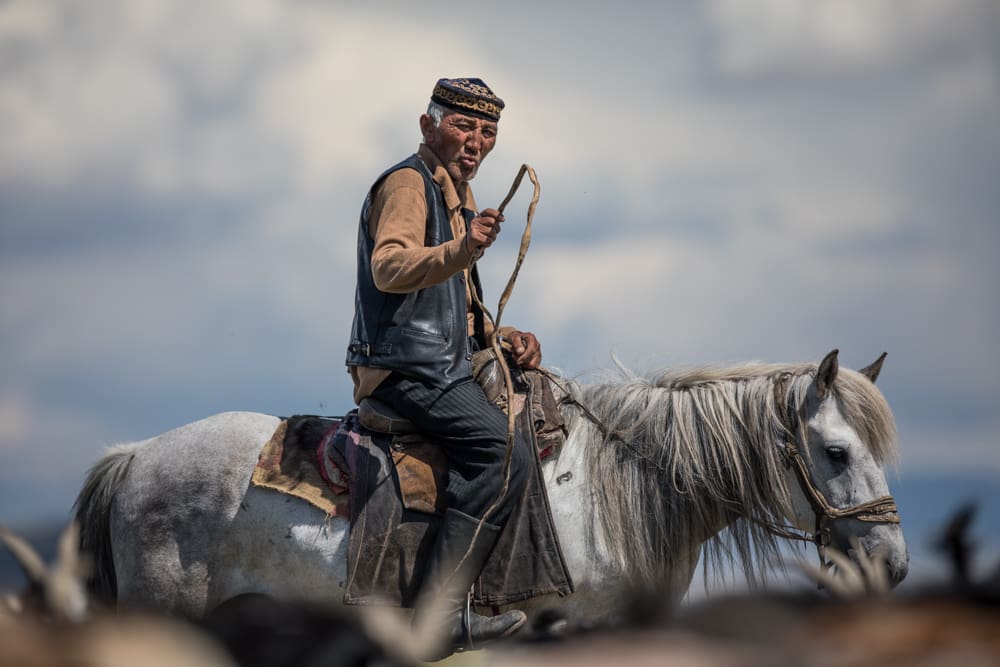
Canon 5D IV, EF 300MM F/2.8 L IS II @ 300MM | F/2.8 | 1/1000 SEC | ISO 100
The history of the 300mm f/2.8
In the beginning, lenses were normal, slightly wide-angle, or maybe a little telephoto. With the advent of the compact 35mm camera, lenses became smaller and lighter. With rangefinder cameras the longest practical lens was 135mm, due to parallax errors when viewing and shooting through separate optics.
With the introduction of SLRs in the1950’s, long-lens photography became practical because you could actually see what the long lens was pointed at and focused on. At the start of the 1960’s you could find lenses up to 200mm; by the end of the decade 300mm was becoming more popular. In the 1970’s it was time for lens wars — a battle for the best of the big fast lenses.
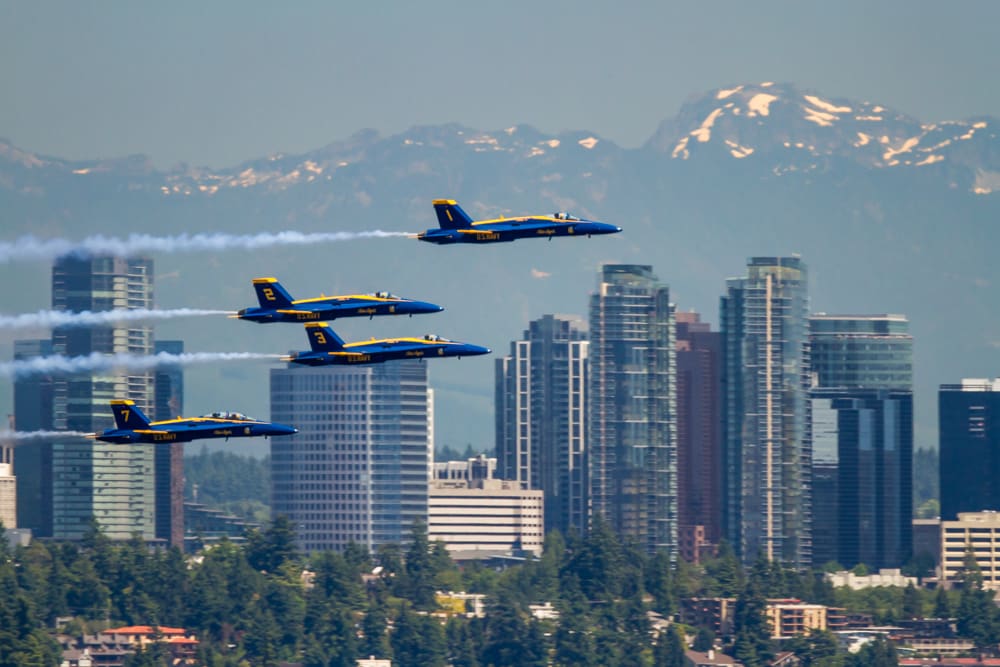
Canon 7D, EF 300MM F/2.8 L IS + 1.4x @ 420MM | F/4 | 1/1000 SEC | ISO 500
Nikon was first to strike. They developed a lens for their home country’s 1972 Sapporo Winter Olympics — the Nikkor-H 300mm f/2.8, the very first 300mm f/2.8. This special lens was developed in highly limited numbers and only available to professional press photographers. It never made its way into any Nikon lens catalog, nor into any stores. Very few exist today.
Canon released their first FD 300mm f/2.8 in 1974, with Nikon following in 1975 with their first commercially-available model. These lenses, designed for the press and sports photographers, expanded the possibility of coverage at major events. The lens became a hit with sports, news, commercial, and wildlife photographers. The lenses of this era weighed in at around 5 to 6 pounds; heavy, but manageable for a serious professional.
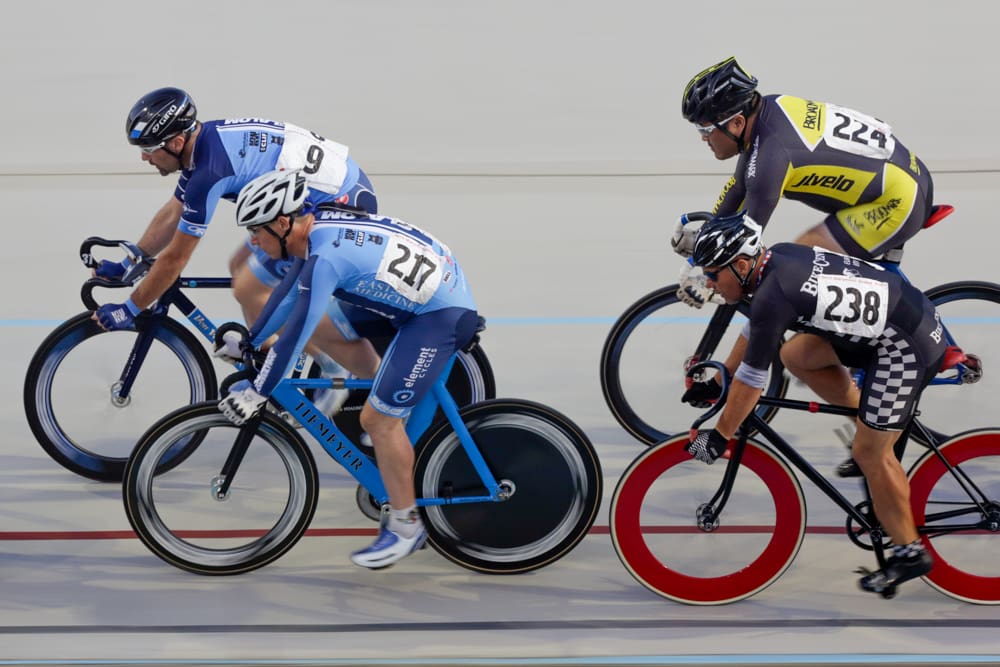
Canon 5D III, EF 300MM F/2.8 L IS @ 300MM | F/8 | 1/60 SEC | ISO 800
Side note: It was not until 1981 that Canon introduced a 400mm f/2.8, with Nikon following in 1985. Canon’s 400mm weighed 11.8lb (5.4kg) and the Nikon at 11.4lb (5.2kg). Yes, a 400mm can be handheld; just not for very long. When hoisted into shooting position, without any support aids (tripod, monopod, etc), most folks will be straining and shaking after 15 seconds. More recent versions of the 400mm f/2.8 have dropped down below 7lb (3.2kg).
In the ensuing years Nikon and Canon would improve various aspects of their 300mm lenses: better optics, closer focusing, and additional features. The only real competitor in those early years was Olympus, who took a different route and developed a 250mm f/2 and a 350mm f/2.8.
When autofocus came around in the mid-80’s, more manufacturers could be found making this legend of a lens: Minolta, Pentax, Sigma, Tamron, Tokina, and Leica. In more recent years Nikon, Canon, and Sony have been regularly releasing new and improved versions of this lens. Most of the changes have been with improvements to the speed of the AF system.
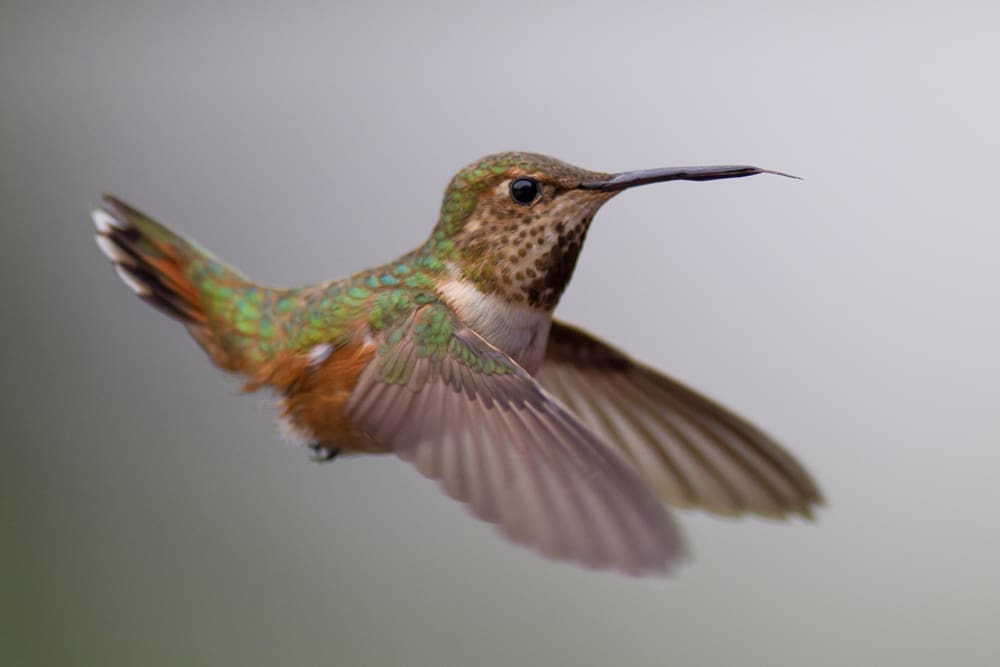
Canon 7D, EF 300MM F/2.8 L IS @ 300MM | F/2.8 | 1/2000 SEC | ISO 800
Slight diversion: The Nikon 300mm f/2.0
Any proper chat about the 300mm f/2.8 must include mention of the ultra-rare Nikon 300mm f/2.0 IF-ED. Pushing the lens wars in a new direction, Nikon decided to go a stop faster in 1983, in preparation for the 1984 Los Angles Olympics. Portability and weight were not the prime directive with this lens, it came in at 16.6lb (7.1kg).
A limited production run and a hefty original price in the 1980’s of $6,500 would make this a very rare lens. When Hollywood discovered that it could be used for cinema production, it disappeared. Many lenses, new and used, were purchased by Century Optics, Panavision, as well as others, and then partially disassembled and rebuilt to cinema needs. It’s been used in movies like Days of Thunder, The Last Boy Scout, and X-files The Movie. I’ve seen them pop up for sale a couple of times over the last decade in the $25,000-$100,000 range.
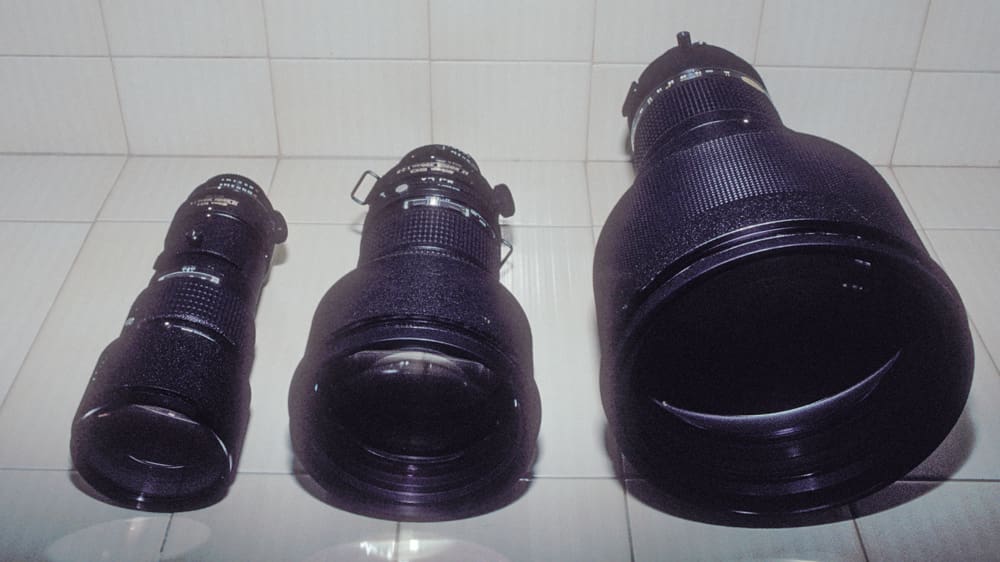
Nikon 300mm F/4 EDIF AF | Nikon 300mm F/2.8 EDIF AF | Nikon 300mm f/2.0 IF-ED
Luckily I’ve had the privilege of using one for a day of sports shooting. I was attending a sports photography workshop where Nikon was supporting all the participants with free lens loaners for the day. I remember walking the streets of San Antonio in 1993 with the 300mm f/2.0 heavily resting on my shoulder as I walked to an indoor handball tournament. I don’t remember capturing any great images. What do you expect; I was shooting a sport I’d never seen, with one of the most difficult lenses to operate, and it was my first time using the manual focus lens. I do remember having very sore arms and shoulders from hauling it around all day.
I did see recently that Canon appears to have produced a PE 300mm f/1.8 lens in an EF mount. According to the report, just four copies were specially designed for capturing the finish of horse races. Judging by the report and the photos, it didn’t look to be a very portable lens.
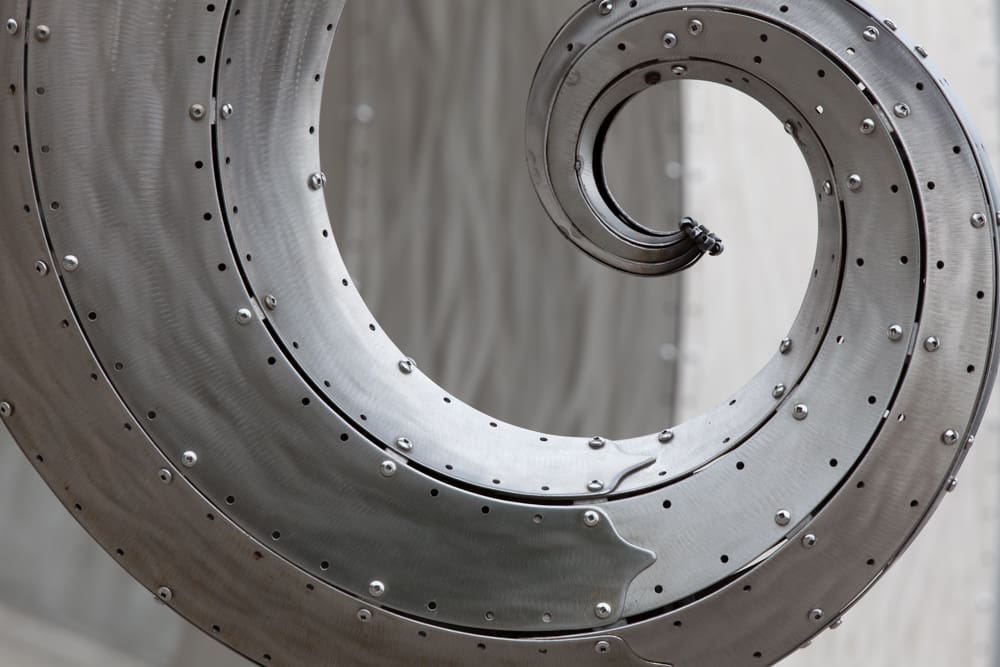
Canon 5D II, EF 300MM F/2.8 L IS @ 300MM | F/11 | 1/8 SEC | ISO 100
The weight
As I mentioned earlier, one of the keys to greatness for the 300mm f/2.8 has been the weight. The lens, for the most part, lived in a space where it could be used for a wide variety of handheld tasks. From the sidelines at sporting events, to press rooms, to shooting from boats and airplanes. Yes, there were longer lens options, but none that were as fast, as long, and as portable.
Throughout the history of this storied lens most every version, by every manufacturer, weighed between 5 and 6 pounds (2.3-2.7kg). Once in a while a version would cross the 6lb mark — as with the Nikon AF-S 300mm f/2.8D IF-ED reaching a high mark of 6.8lb/3.1kg. The lightest modern version was the Canon EF 300mm f/2.8L IS II USM at 5.2lb (2.35kg).
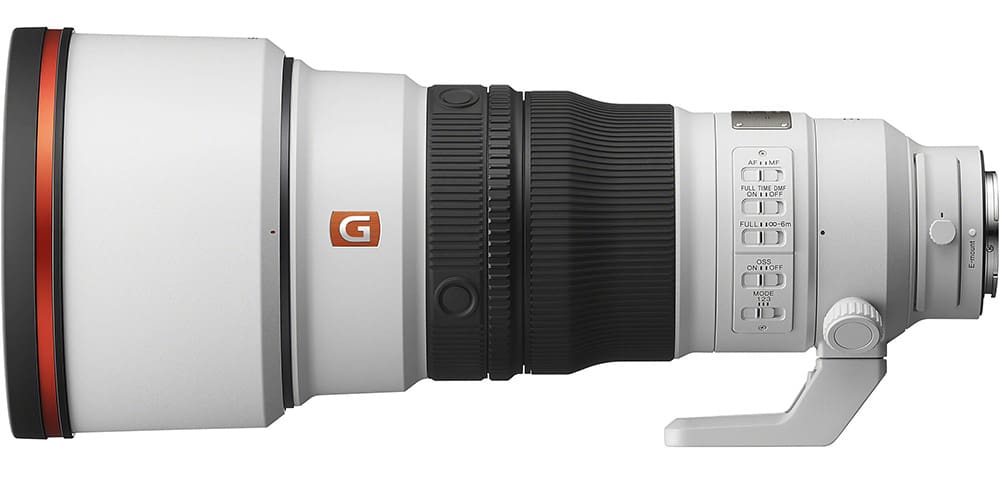
Sony FE 300mm f/2.8 GM OSS
With the introduction of Sony’s FE 300mm f/2.8 GM OSS, we’ve crossed into a new dimension; it only weighs 3.24lb (1.47kg)! A weight reduction of 40% in a single generation is not something I’ve ever seen before. This runs in the opposite direction of current lens trends: higher quality glass requiring larger lenses. If you don’t believe me, look at a 50mm f/1.4 from the 70’s or 80’s versus a modern day version.
When it comes to designing lenses you have three factors you can focus on: quality, size, and price. You can do well with one or two factors, but not all three in a single lens.
- Canon RF 50mm f/1.8 – Price
- Nikon 50mm f/1.2 S – Quality
- Pentax 50mm f/1.4 – Size
- Leica 50mm f/1.4 ASPH – Quality & size
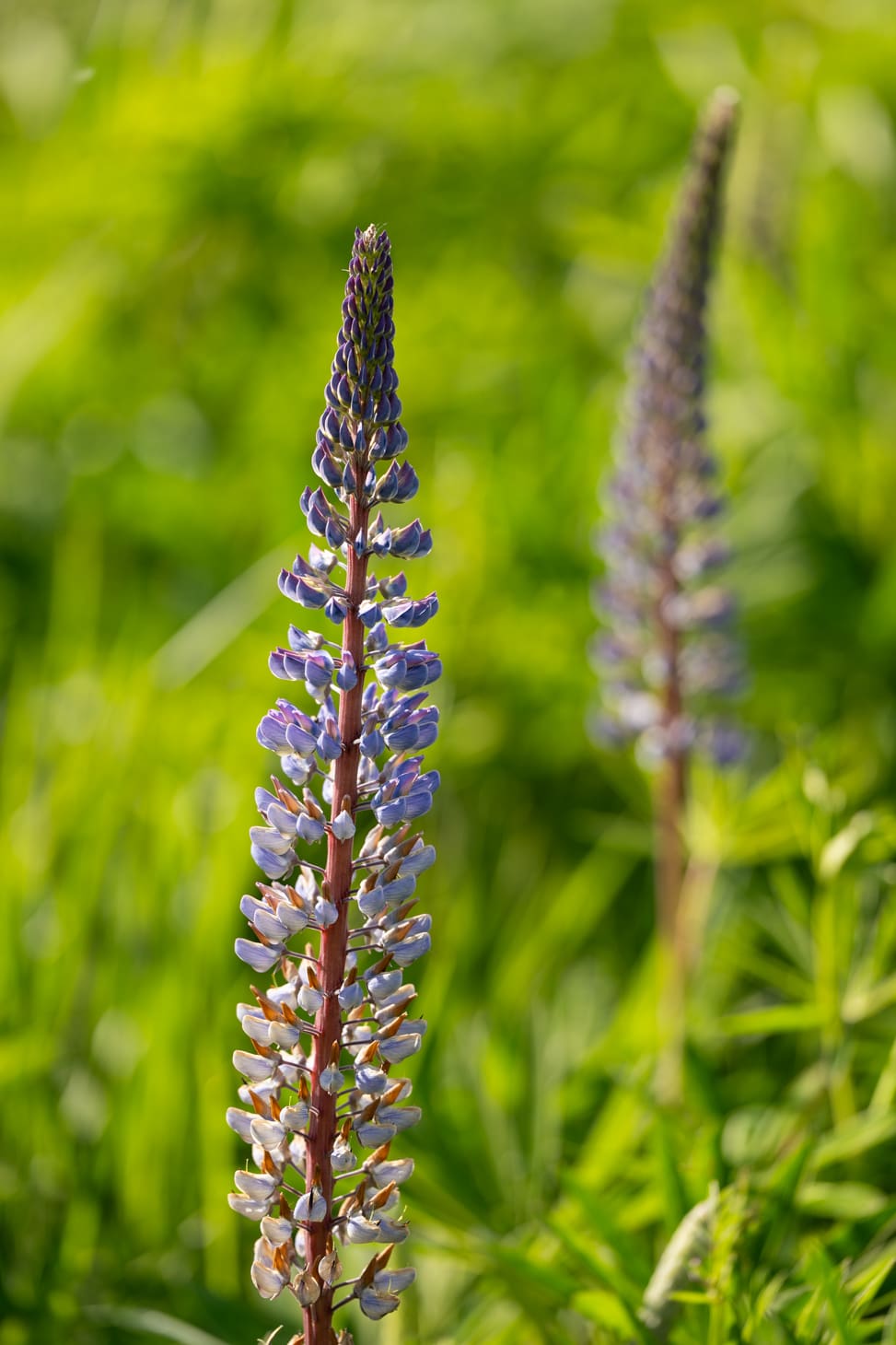
Sony A7 IV, FE 300MM F/2.8 GM OSS + 1.4x @ 420MM | F/4 | 1/200 SEC | ISO 100
In short, a quality and compact lens will cost you money. The new Sony 300mm is certainly not cheap, in fact it’s the most expensive 300mm f/2.8 to-date. That shouldn’t be too surprising as it’s the first 300mm f/2.8 for mirrorless full frame, and the first industry-wide in more than a decade. Taking inflation into account, it’s pretty average in price, falling well below many of the previous offerings.
In preparation for my latest lens class, Sony E-mount: Complete Lens Guide, I had to rent this lens to give it a real-world test. It’s a game changer; or should I say for the photography world, it’s a system changer. It’s a lens I could imagine changing systems for, it’s that good. It’s not the quality that so impressive; it is great, but that’s not the point.It’s that it is so much lighter than what a 300mm f/2.8 has always been.

Sony A7 IV, FE 300MM F/2.8 GM OSS + 2x @ 600MM | F/5.6 | 1/60 SEC | ISO 200
If the 300mm f/2.8 is the critical lens in your system, the Sony 300mm is the best there has ever been. I don’t think I’ve ever seen a new lens rise so far above what came before it. There have been several remarkable recent lens releases: Canon 24-105mm f/2.8 and 28-70mm f/2, Nikon 58mm f/0.95, 400mm f/2.8 TC, 600mm f/4 TC, and Sigma 28-45mm f/1.8. All of these have pushed the boundaries of what was possible and created something new. The Sony 300mm f/2.8 has taken something tried and true and transformed it into something new.

Canon 7D II, EF 300MM F/2.8 L IS II +2x III @ 600MM | F/5.61 | 1/1000 SEC | ISO 200
A new option
If recent lens introductions by Canon and Nikon prove successful, the 300mm f/2.8 might not be so common in the future. Nikon, rather than replacing their 10-year-old 300mm f/2.8, brought out the AF-S 120-300mm f/2.8E FL ED SR VR. The increased versatility of offering it in a zoom, came at a cost to weight and size — which went up about 10%; but the real hit came at the cost which doubled. This lens is the very last F-mount lens (SLR/DSLR system); a fitting exclamation mark for a legendary lens system.
For the current mirrorless system the most recent 300mm f/2.8 from Canon also made the switch from prime to zoom with the Canon RF 100-300mm f/2.8 L IS USM. In a move very similar to Nikon, Canon’s new 100-300mm f/2.8 is about 10% heavier, longer, and double the money of its predecessor.
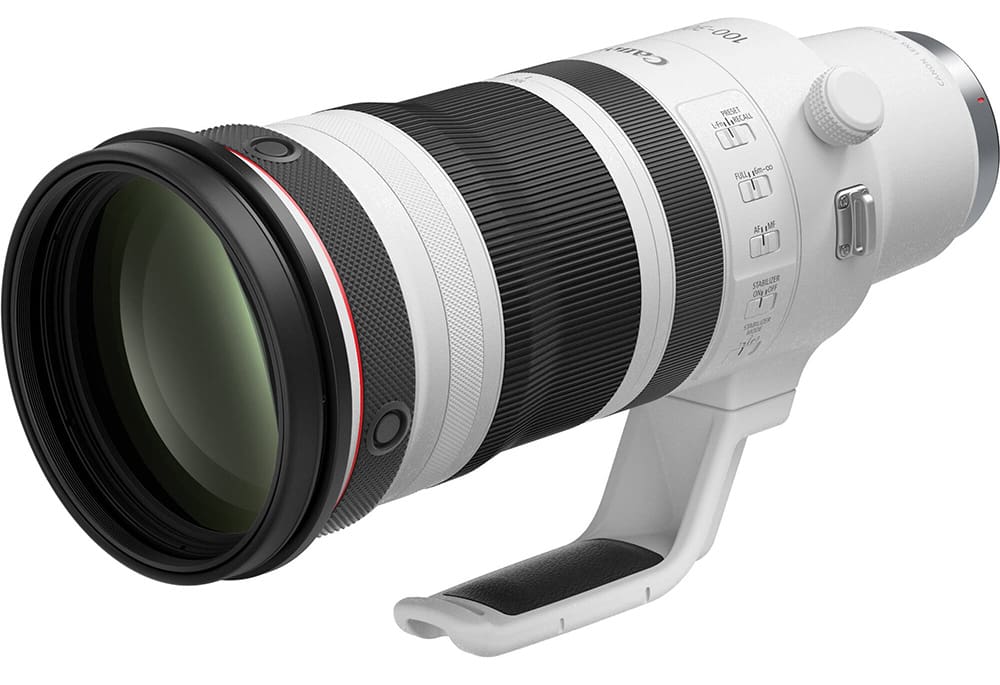
Canon RF 100-300 f/2.8 L IS USM
Admittedly, the f/2.8 zoom with focal lengths up to 300mm is not entirely new. Sigma has been doing it for more than 20 years. The Sigma 120-300mm f/2.8 has been a long lens option that made people wonder about the variety of ways to get up to 300mm and maintain that all important f/2.8 aperture. Being a non-native option, it scared off many, but they improved the lens over the years with four variations of the model. It is now discontinued and we’ll have to wait and see if they build a new version designed for the mirrorless systems.
These 300mm f/2.8 zooms have taken a hit when it comes to weight, length, and price; but they’ve for the most part kept the lens in the hand-holdable category. Looking at the most recent lens introduction to the market verses it’s predecessor (Canon) we can see the weight went from 5.2lb (2.4kg) up to 5.8lb (2.7kg). Keeping the lens under the 6lb mark means that portability will still remain relatively high.
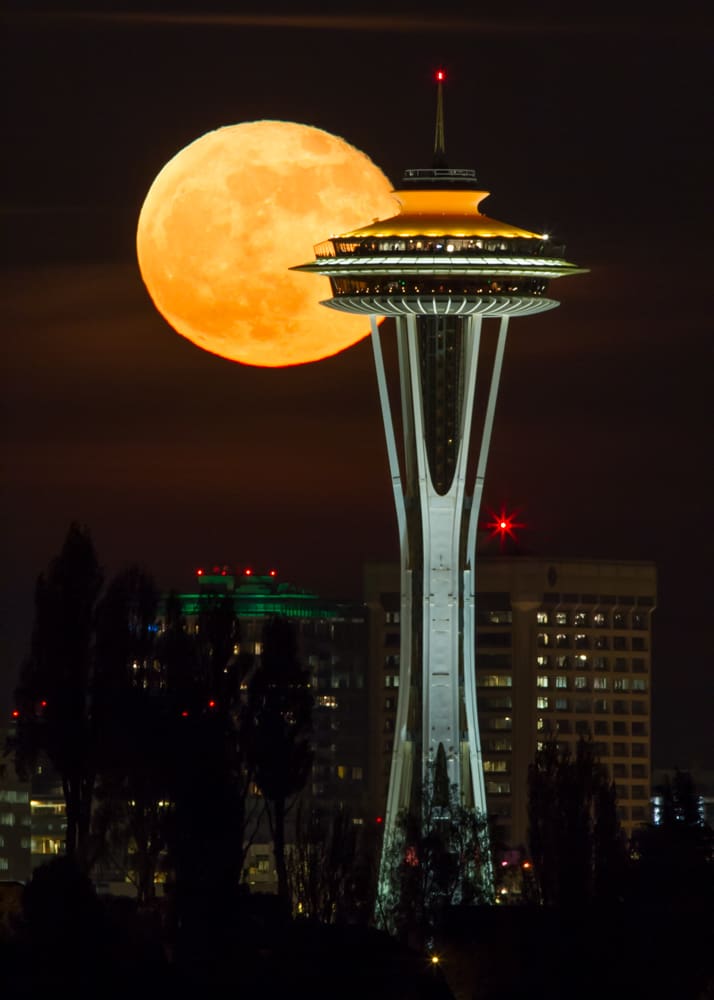
Canon 7D, EF 300MM F/2.8 L IS + 2x @ 600MM | F/11 | 0.6 SEC | ISO 800
The future
The future of the 300mm f/2.8 is murky. One only has to look at the 200mm f/2.8 lens for reference. If you are aware of the photographic market place, you may know that a 200mm f/2.8 lens is no longer made for any full-frame camera today. At one point it was a very popular option. I fondly remember my Nikon 180mm f/2.8 (yes we will forgive 20mm between friends, it’s all about the same). The disappearance of the 200mm f/2.8 is due to the availability and popularity of the 70-200mm f/2.8. When I made the switch to the zoom lens I complained about the increase in weight, but loved the versatility.
Collectively we’ve decided that doubling the weight was worth the cost, in order to gain the versatility of a zoom. Apparently, jumping in weight from roughly 1.5lb (680g) to 3lb (1360g), just wasn’t a big deal. The lens still needed roughly the same size slot in the camera bag, and it was still well under that hand-holdable limit of 5-6lb (2.3-2.7kg). Today the 70-200mm f/2.8 is a legend of a lens and the 200mm f/2.8 is long forgotten.

Canon R3, EF 300MM F/2.8 L IS II @ 300MM | F/2.8 | 1/320 SEC | ISO 3200
If the manufacturers can keep the weight of a 100-300mm lens below the 6lb (2.7kg) mark, and maybe even get it below 5lb (2.3kg), I think the 300mm f/2.8 prime is a dinosaur in the making. The new Sony 300mm f/2.8 at only 3.24lb (1.5kg) is a marvel of innovation, but already I’ve heard of grumblings from Sony users wishing for a zoom option. My bet is that a zoom option for a bit more money and not too much more weight will come, and the prime 300mm fades into the past.
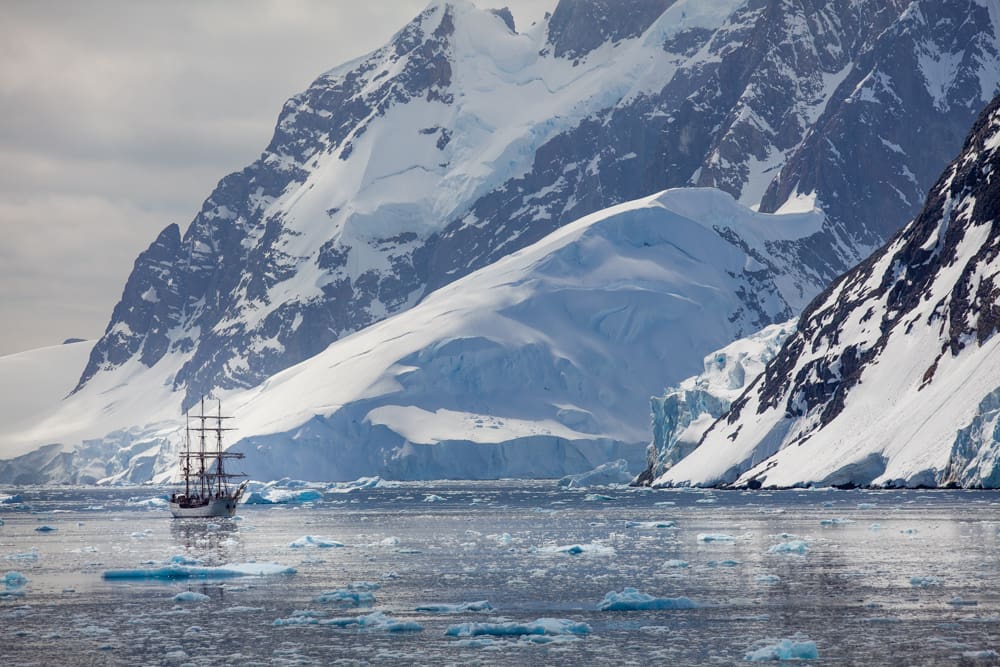
Canon 5D II, EF 300MM F/2.8 L IS @ 300MM | F/5.6 | 1/1600 SEC | ISO 200
Greatness doesn’t mean buy it
The 300mm f/2.8 is most likely not for you. Even this newest Sony 300mm is relatively big, and it’s most certainly expensive. It’s not necessary for day-to-day photography for most folks. It’s really not the ideal travel, landscape, or wildlife lens. Even if you did own this lens, you’d likely not use it all that much. But if you did, I can assure you, that the photos you would capture would be great.
Become part of John’s inner circle
Sign up for the newsletter here — it’s free.
Want to become a better photographer?
Check out John’s selection of photography and camera classes here.

